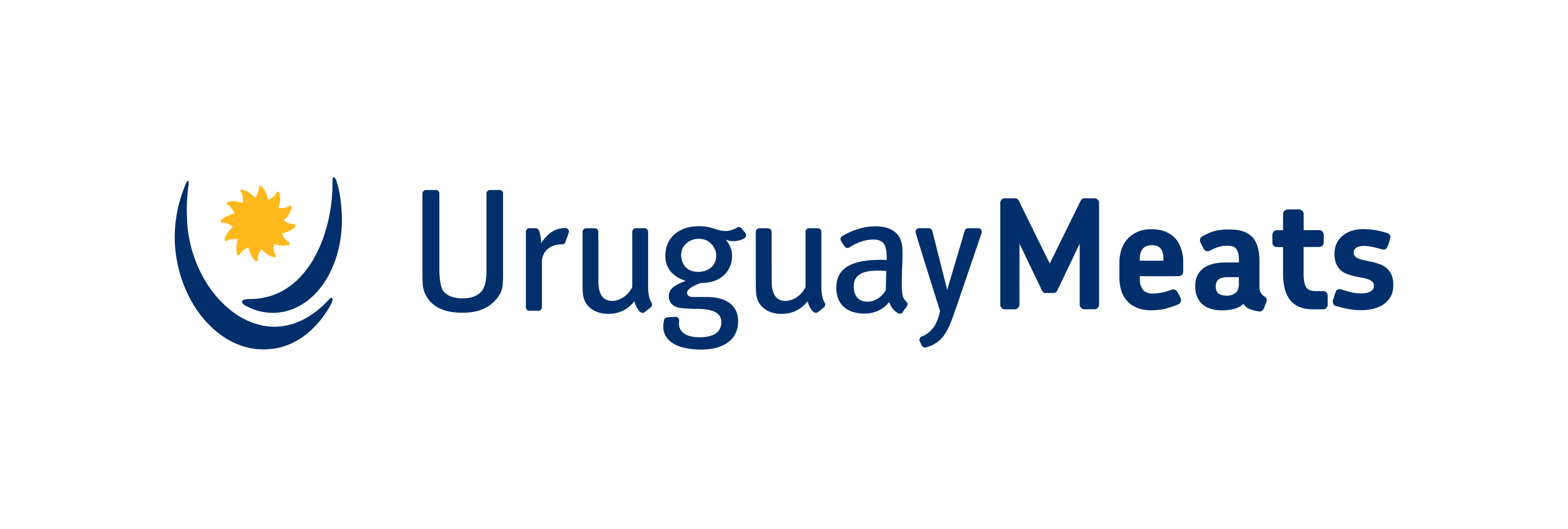WHY GREEN
Sustainability: triple support
Environmental sustainability
READ MORE
+ It is a pillar of Uruguay Natural, of Green Quality.
We protect our resources for future generations, as a positive contribution to the planet. We take care of our soil, water, and biodiversity through specific public programs, while endeavoring to lower the emission of greenhouse gases, increase carbon sequestration, guard and develop our native forests as a reserve of wealth and autochthonous heritage.
Economic sustainability
READ MORE
In relative terms, Uruguay is the world’s largest livestock producer, with 12 million cattle, 6 million sheep and a population of 3.5 million people. It is also the country with the highest and best distributed income in Latin America – A horizontal society.
Social sustainability
READ MORE
Our Biodiversity: the other side of the coin
Uruguayan cattle breeding takes place in this absolutely unique, natural, and exceptional setting. A worthy spectacle.
The mosaic of our soils, the various topographies and temperature variations produce a broad range of ecosystems, including wetlands, river forests, palm groves, open grasslands and relatively low mountain ranges. Each of them with their own color, architecture, and design.
In addition to cattle and sheep, dozens of animal species coexist inhabiting the pastoral ecosystem. The grasslands shelter many bird species, some of them are local and others stop as they migrate in large flocks. In addition, there is a rich variety of native fauna with complex relationship patterns. In the center of the whole system, cattle and sheep cycle many different elements.
One health: ecosystem, animal, human
It is thanks to the way we care for the health of the ecosystem and animals that we can offer the maximum guarantees of a product of excellence. Uruguayan abattoirs implement strict controls of biological and other types of residues, under the oversight of the Ministry of Livestock, Agriculture and Fisheries (MGAP). Good human health is based on nutrition, on the consumption of a product (meat) that offers all the guarantees.
